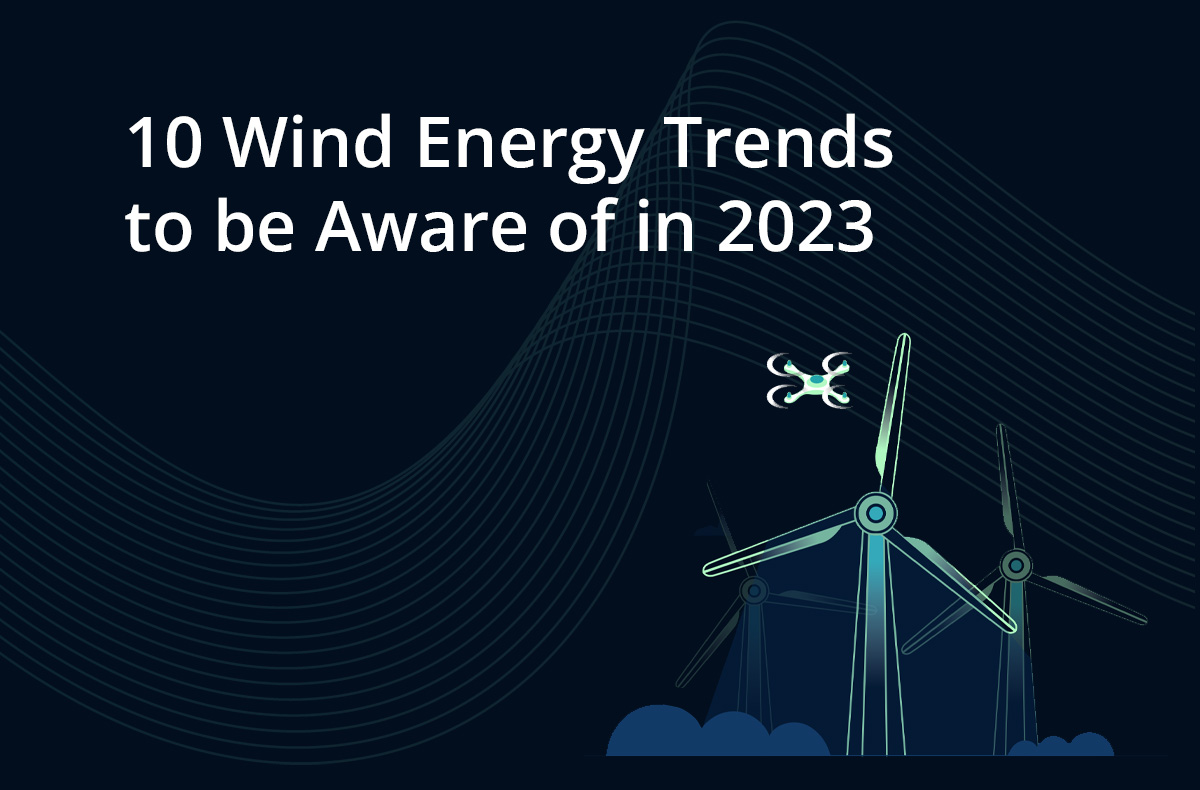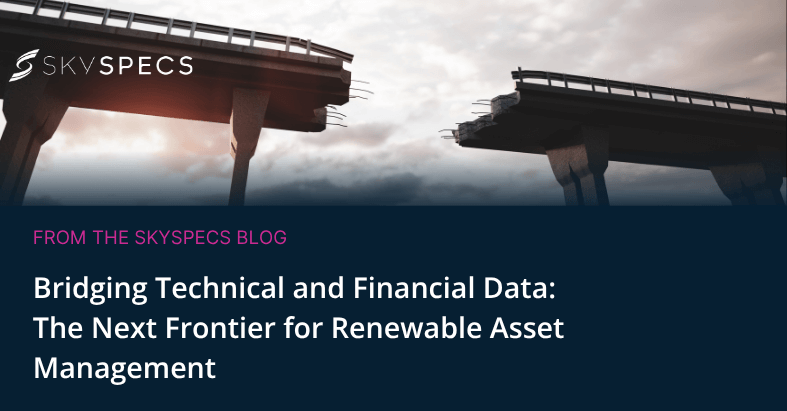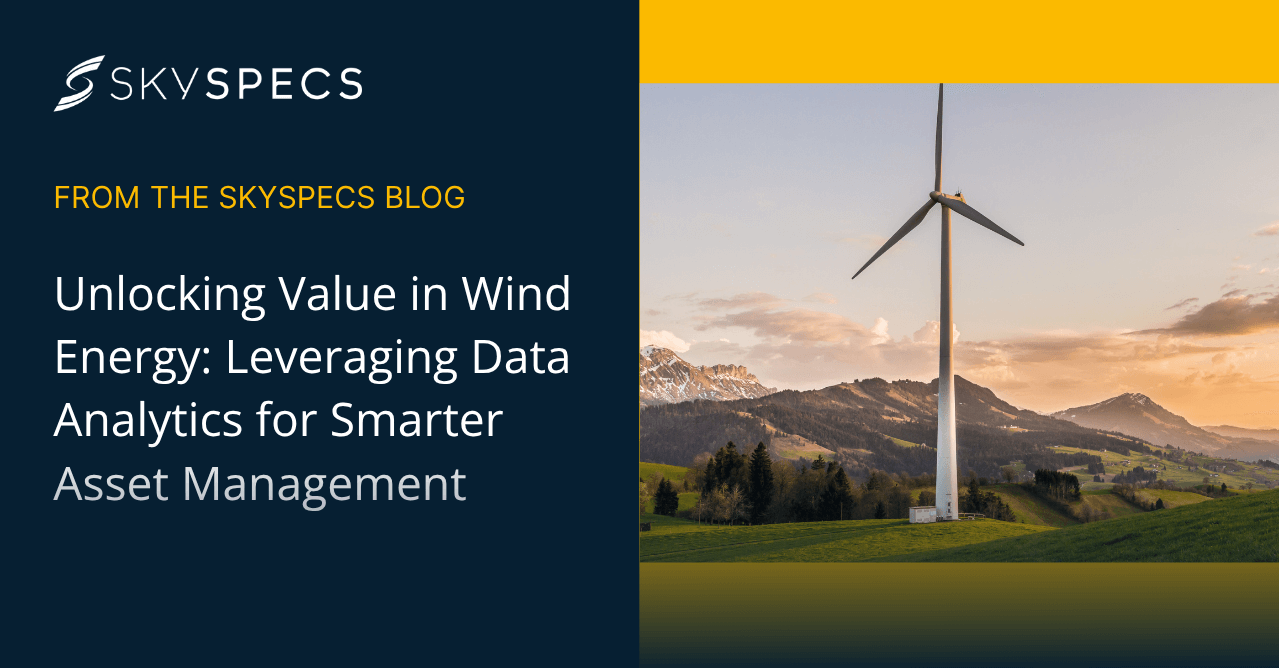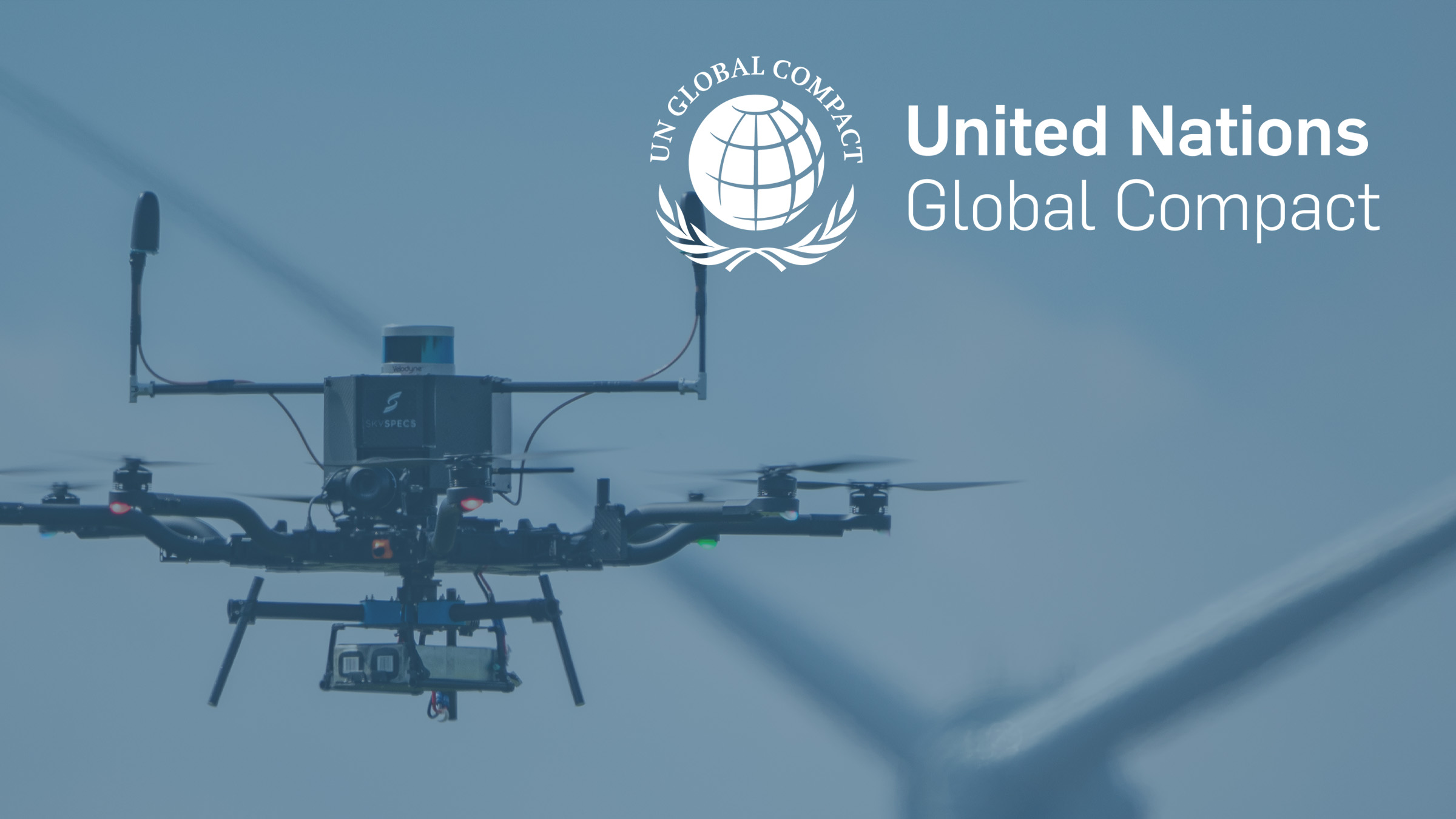In 2022, we saw a rise in raw materials cost, energy market disruptions catalyzed by global instability, and calls for governments to accelerate legislation that will help incentivize renewable energy installation.
As the wind energy industry looks toward the new year, it’s clear that many of the same opportunities and challenges present in 2022 are likely to stay. However, recent legislation, world events, and net-zero targets have highlighted the importance of investing in renewable energy. While this emphasis on renewables is a great opportunity for wind power to expand, it’s not without roadblocks.
1. Addressing US offshore wind project challenges to scale growth
The 2022 Offshore Wind Market Report shows that decreasing offshore wind prices, state-level commitments, and an unprecedented expansion into new leasing areas drove the U.S. offshore wind pipeline to grow over 13% this past year.
Offshore wind is a newer industry in the United States, which positions it for rapid growth. The Inflation Reduction Act (IRA) signed in August 2022 granted $100 million for planning, modeling, and analysis of interregional electric transmission generated by offshore wind in addition to $760 million in grants for onshore and offshore interstate transmission lines.
New legislation is accelerating conversations around offshore wind that were previously on the back burner, which will undoubtedly spark heated debates and shape the progress of offshore wind in the US for the foreseeable future.
Additionally, an increased number of offshore wind projects will change the game of maintenance. The US has limited experience maintaining offshore wind turbines, so stakeholders will need to prepare for the unique challenges that these projects present and look to global offshore wind for assistance.
2. UK wind farm debate continues
In December 2022, UK Prime Minister Rishi Sunak announced a lift to the de facto ban on new onshore wind that has been in place in England since 2015, but the pace of development will likely be slow. Under the new proposals, onshore wind farms would be greenlit if they could demonstrate “local support” and address any negative impacts identified by the local community. Local objectors should still have hefty blocking rights under potential changes to the planning system that are in consultation until April.
However, Sunak may change direction to unify and save the Conservative Party before an election in 2024. Regardless, this move is a step in the right direction.
3. Organizing information to make better data-driven decisions
As autonomous drone inspections have become more accurate and efficient, turbine inspection data has become more robust than ever. Now that this data is available, stakeholders are looking to how they can best use it to make data-driven decisions, including when considering a shift to in-housing assets.
They’re looking to identify trends they can draw conclusions from — what happened to cause damages and why? What will likely happen in the future, and what can they do next to prevent or prepare for damages? Currently, the available data is a bit dirty and inconsistent. Cleaning it up and organizing it will take time, especially because data is also in multiple places and needs to come together.
“We’ve been seeing owner/operators shift towards building larger teams to help manage their assets internally. They are all trying to build a stronger knowledge base to allow their teams to operate effectively and efficiently,” said Christian Groesbeck, Senior Solutions Manager at SkySpecs. “A key part of that is allowing their O&M data to work for them. We’re proud to see Horizon be a key tool in automating and streamlining their data to have the confidence to make the right O&M decisions when self-operating.”
New technologies and available software can help with this daunting task in 2023.
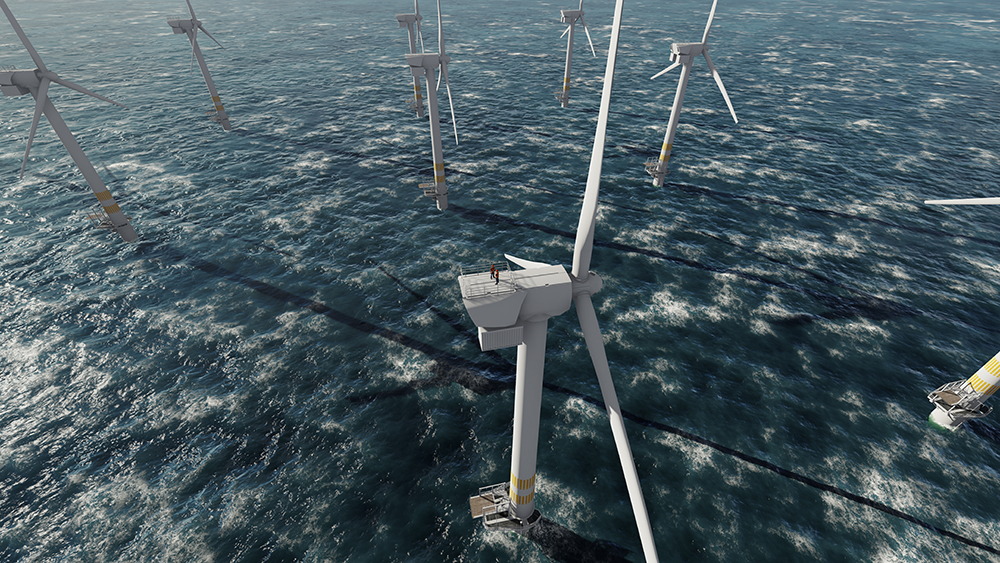
4. Addressing turbine blade challenges, especially offshore
Blades are getting bigger, and problems are becoming more prominent, especially with the rapid growth of offshore turbines. Blade design is not accounting for the impact of a turbine’s environment (such as lightning) or being adjusted for the increase in length. Original equipment manufacturers (OEMs) need to understand the types of damages occurring/recurring to bridge the current gap between operations and design. Additionally, climate change is impacting the frequency of blade damages due to lightning, frequent storms and severe weather, flooding, and more.
5. Increasing focus on blade censor issues
Blade sensors will undoubtedly be a hot topic in 2023. They aren’t quite the silver bullet yet, but there is opportunity and history. Currently, blade sensors are too damage/defect specific, and many of them come with a hefty price tag and inconsistent return.
“Blade sensors can provide an indication of severe blade damage and therefore reduce catastrophic failures. Unfortunately, technology is still lacking,” said Sheryl Weinstein, Solutions Blade Engineer at SkySpecs. “Currently, there are too many false positives to justify the cost. Additionally, many sensors only focus on one problem, i.e., lightning, rather than a holistic solution that could detect multiple failure modes. The bottom line is that these sensors haven’t met the model yet, but there is opportunity and potential.”
Today, there is no one condition monitoring software (CMS) system for blades that’s perfect. SCADA and CMS data can give some indication of severe blade damage, but there’s too much noise and false positives. Some blades have been saved by manually reviewing this data.
Additionally, sensors currently have no communication between turbines. For instance, if an extreme event happens at one turbine, no information goes to other neighboring turbines.
Addressing this challenge in 2023 will save stakeholders a ton of time and resources and change the maintenance game.
6. Owning/accessing your own data
As more companies are looking for ways to make data-driven decisions, taking charge of and understanding their own data is absolutely critical. 2023 is likely to see an increased number of operators that are considering self-operation or are insistent on contractual language that guarantees them quick and easy access to the data gathered about their turbines. There’s a growing desire to own/access data and use it to make more efficient and effective decisions, which will increase profits.
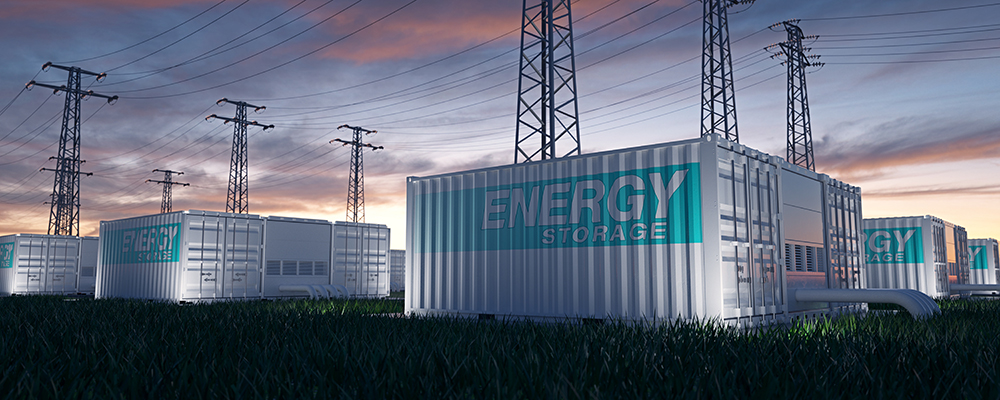
7. More wind owners add co-located batteries
Compared to other renewable energy sources, such as solar, the wind industry has previously fallen behind in terms of how it integrates battery storage with generation projects. In 2023, wind plus storage projects are expected to become more popular across the global market.
A majority of this growth will come from new build projects, but in a market where operators are seeking to make capacity additions and maximize their assets, co-locating batteries will become a more attractive alternative.
8. Increasing use of artificial intelligence
As AI technology becomes more advanced and in-demand, it’s likely that it will soon replace some human-powered roles and lead to increased automation. However, it’s important for stakeholders to remember that AI can’t magically automate entire processes overnight.
“Don’t use machine learning as a one size fits all solution,” says Shweta Khushu, AI Engineering Manager at SkySpecs. “Always approach machine learning with the mindset of solving the problem and organically applying it when it makes sense. Don’t let the data and the algorithm make decisions over the human mind just yet.”
As budgets tighten and companies look for ways to cut costs, machine learning and AI is one area to watch closely.
9. Supply chain issues
Industries across the globe are experiencing supply chain issues, but renewable energy faces a significant obstacle — permitting. While the EU agreed to accelerate renewable permits, the US senate failed to pass the Building American Energy Security act in 2022. In accordance with the bill, all types of American energy and mineral infrastructure would have been accelerated, while retaining environmental laws and community input.
Often, it takes between three to seven years to secure necessary permits, which is why stakeholders are pushing for longer-term policy changes. Developers are putting substantial projects together, lining up investors, submitting surveys and environmental studies, and trying to get permits — this process is so lengthy that the typical short-term policies don’t help this industry much.
Without the help of all levels of government, permitting will continue to be a major challenge for the wind industry in 2023.
10. High energy costs contribute to push for renewable energy
Global instability and climate change continue to disrupt the energy market as a whole, and the necessity of investing in renewables and the benefits of wind are more and more clear. The war in Ukraine and the resulting repercussions on energy costs, particularly in Europe, show no signs of slowing down as 2023 begins.
Additionally, extreme weather events caused by climate change continue to impact countries across the globe, from droughts and heatwaves in Europe to powerful hurricanes, and extreme cold in North America. If action is not taken in 2023 to invest in more renewable energy sources with higher generating capacity and a lower levelized cost of energy (LCOE), both consumers’ pockets and safety will continue to hurt.
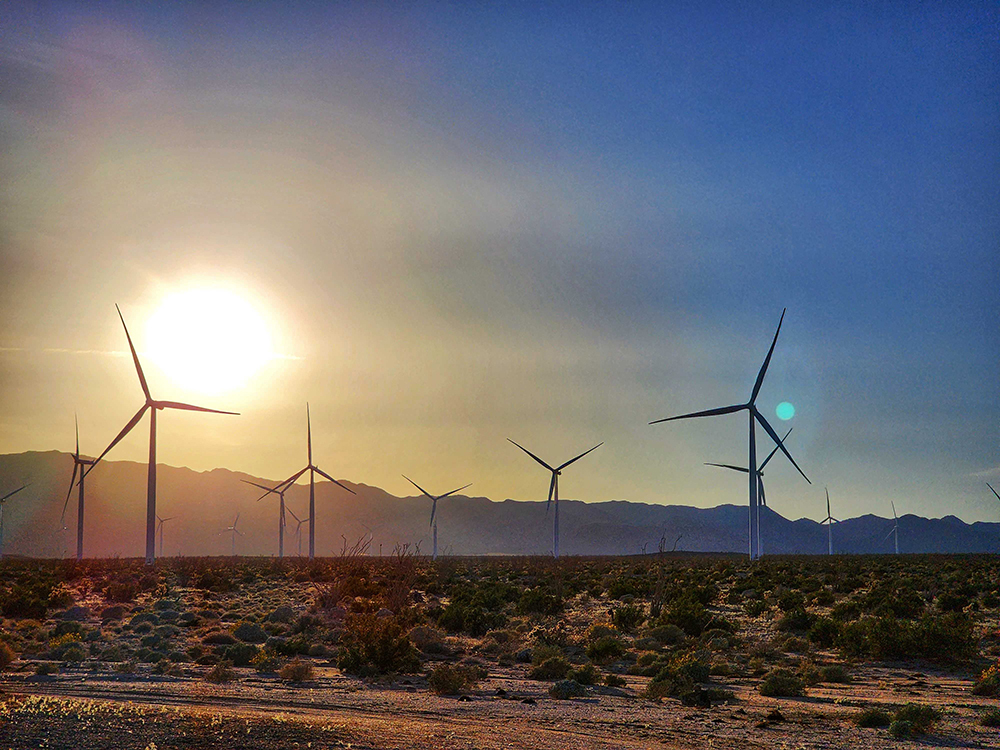
How to stay ahead of the pack
As 2023 begins, the economic impact of the COVID-19 pandemic still remains present in the global economy, and geopolitical tensions are only piling on to this economic turbulence. However, governments have refocused their attention on ensuring energy security and improving grid systems, and policies and legislation are being enacted around the world to ensure energy affordability and work to lower the cost of living.
The organizations and industries that will stay ahead of the pack and persist through these challenges are those that engage with experts who have the knowledge and resources to generate growth and stability.
Looking for help with wind energy assets in 2023? SkySpecs offers purpose-built technologies and services so our customers can deliver the most efficient energy generation in the world, including asset health and management software.
